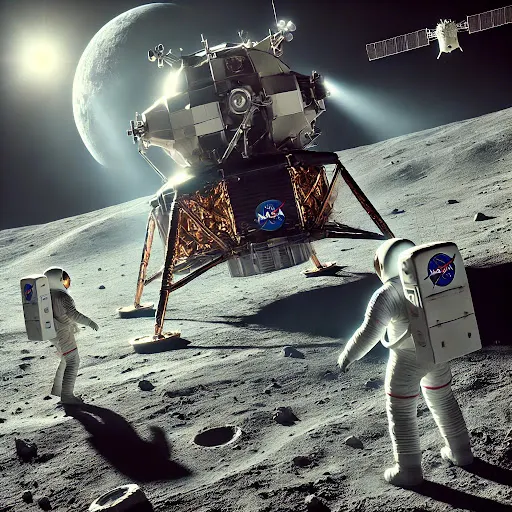Debunking the Top 5 Health Myths Circulating in 2025
Introduction
Misinformation spreads faster than ever, and in 2025, health myths continue to mislead people worldwide. From viral social media trends to misleading “expert” advice, separating fact from fiction is more important than ever. Let’s debunk the top five health myths of 2025 using real science and expert analysis.
---
Myth #1: "Alkaline Water Can Cure Diseases"
🚫 False Claim: Drinking alkaline water changes your body's pH level and prevents diseases like cancer.
✅ The Truth:
The human body automatically regulates its pH through the kidneys and lungs.
There’s no scientific evidence that alkaline water can cure or prevent diseases.
Some people may experience minor digestive benefits, but overall, it’s just expensive water with no proven health advantages.
What to Do Instead?
Stick to regular water and focus on a balanced diet with fruits and vegetables, which naturally support health.
---
Myth #2: "Artificial Sweeteners Cause Cancer"
🚫 False Claim: Sweeteners like aspartame and sucralose are toxic and increase cancer risk.
✅ The Truth:
Studies from the World Health Organization (WHO) and FDA confirm that artificial sweeteners are safe in moderation.
The confusion comes from old animal studies where rats were given massive doses of sweeteners—not realistic human consumption levels.
Excessive sugar intake is a far greater health risk than moderate artificial sweetener use.
What to Do Instead?
If you want a natural option, use stevia or monk fruit sweeteners. But ultimately, limiting both sugar and sweeteners is the best approach.
---
Myth #3: "Detox Teas and Juice Cleanses Remove Toxins"
🚫 False Claim: Drinking detox teas or juice cleanses flushes toxins from your body.
✅ The Truth:
Your liver and kidneys already detox your body naturally—no special drinks required.
Most detox products just cause water loss and laxative effects, not actual toxin removal.
Some detox teas contain dangerous herbs that can cause liver damage.
What to Do Instead?
Support your body’s natural detox system by:
✔️ Drinking enough water
✔️ Eating fiber-rich foods (fruits, veggies, whole grains)
✔️ Avoiding excess alcohol and processed foods
---
Myth #4: "You Need 10,000 Steps a Day to Stay Healthy"
🚫 False Claim: Walking less than 10,000 steps a day is unhealthy.
✅ The Truth:
The 10,000-step rule was actually a marketing campaign from a 1960s Japanese pedometer company!
Studies show as little as 4,000–7,000 steps per day can still provide significant health benefits.
Regular movement—even just standing more and avoiding long sitting periods—is key to long-term health.
What to Do Instead?
✔️ Focus on 30 minutes of movement per day, whether it’s walking, stretching, or strength training.
✔️ Prioritize quality over quantity—any movement is better than none!
---
Myth #5: "Natural Remedies Are Always Safer Than Medicine"
🚫 False Claim: Herbs and supplements are 100% safe because they are "natural."
✅ The Truth:
Natural does not always mean safe—some herbal remedies interact with medications or cause harmful side effects.
The supplement industry is not well-regulated, meaning some products may be ineffective or even contaminated.
While some natural remedies (like turmeric for inflammation) can be beneficial, they should not replace doctor-recommended treatments.
What to Do Instead?
✔️ Research scientifically backed herbal treatments.
✔️ Always consult a doctor or pharmacist before taking supplements, especially if you’re on medication.
---
Final Thoughts: The Importance of Fact-Checking
In 2025, health myths are more widespread than ever due to social media influencers, viral trends, and misinformation campaigns. Always rely on trusted sources like:
WHO (World Health Organization)
CDC (Centers for Disease Control and Prevention)
Peer-reviewed medical studies
Before believing any health claim, ask: Where is the evidence? Your health depends on facts—not fads!














